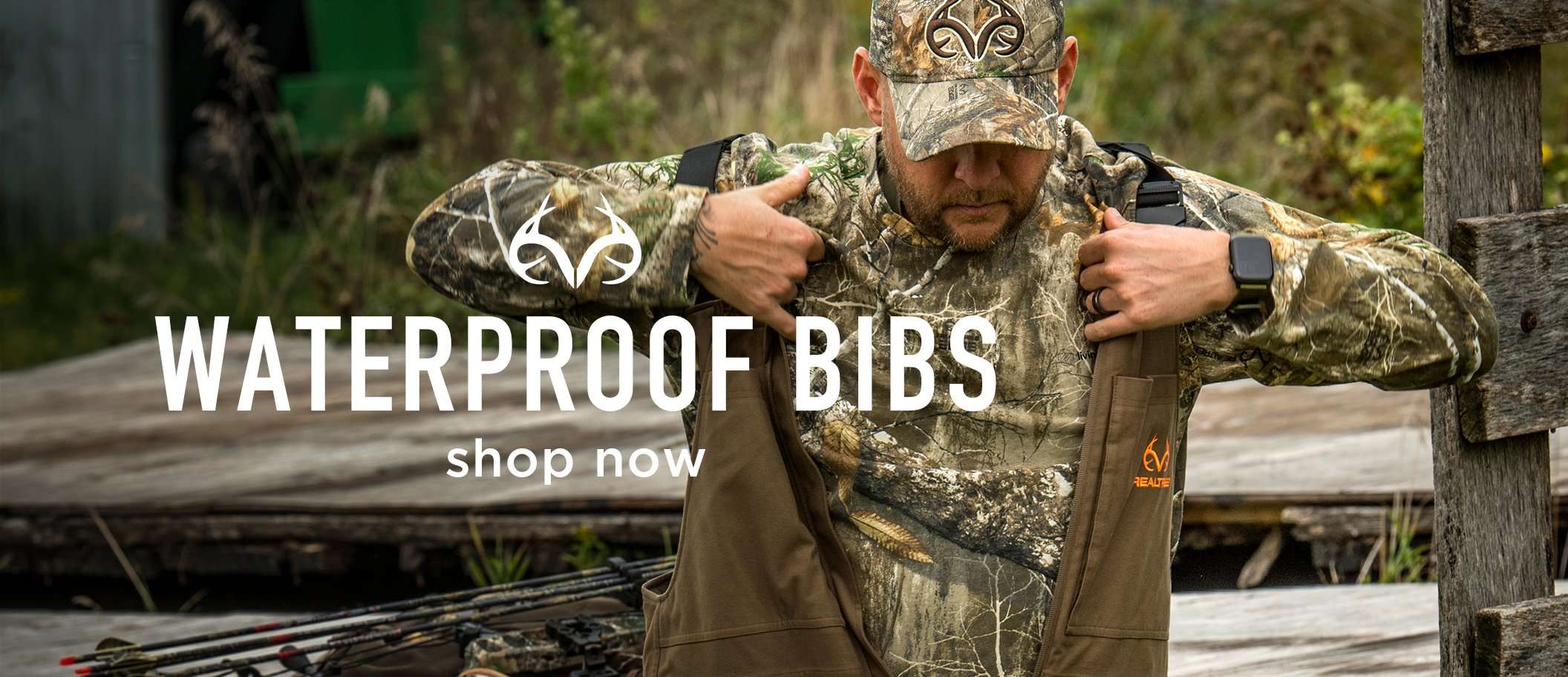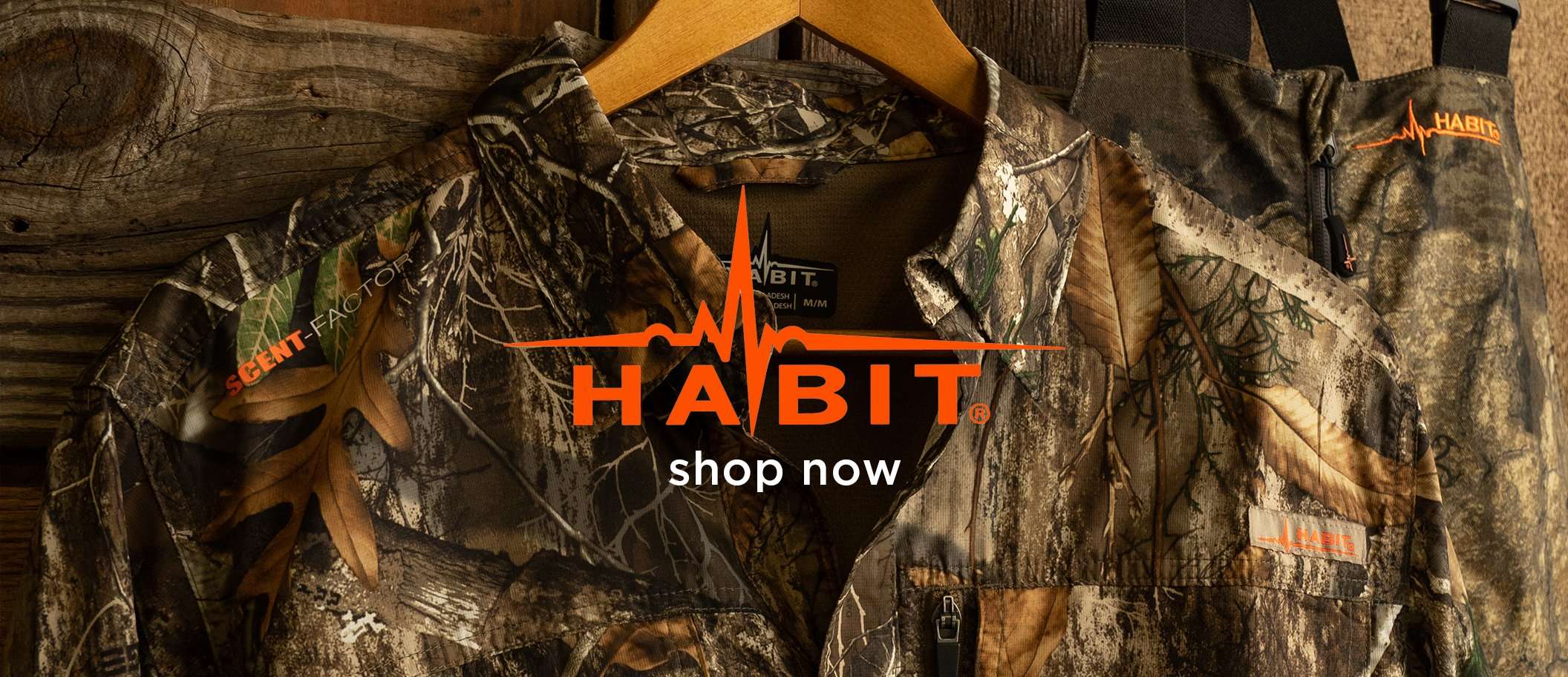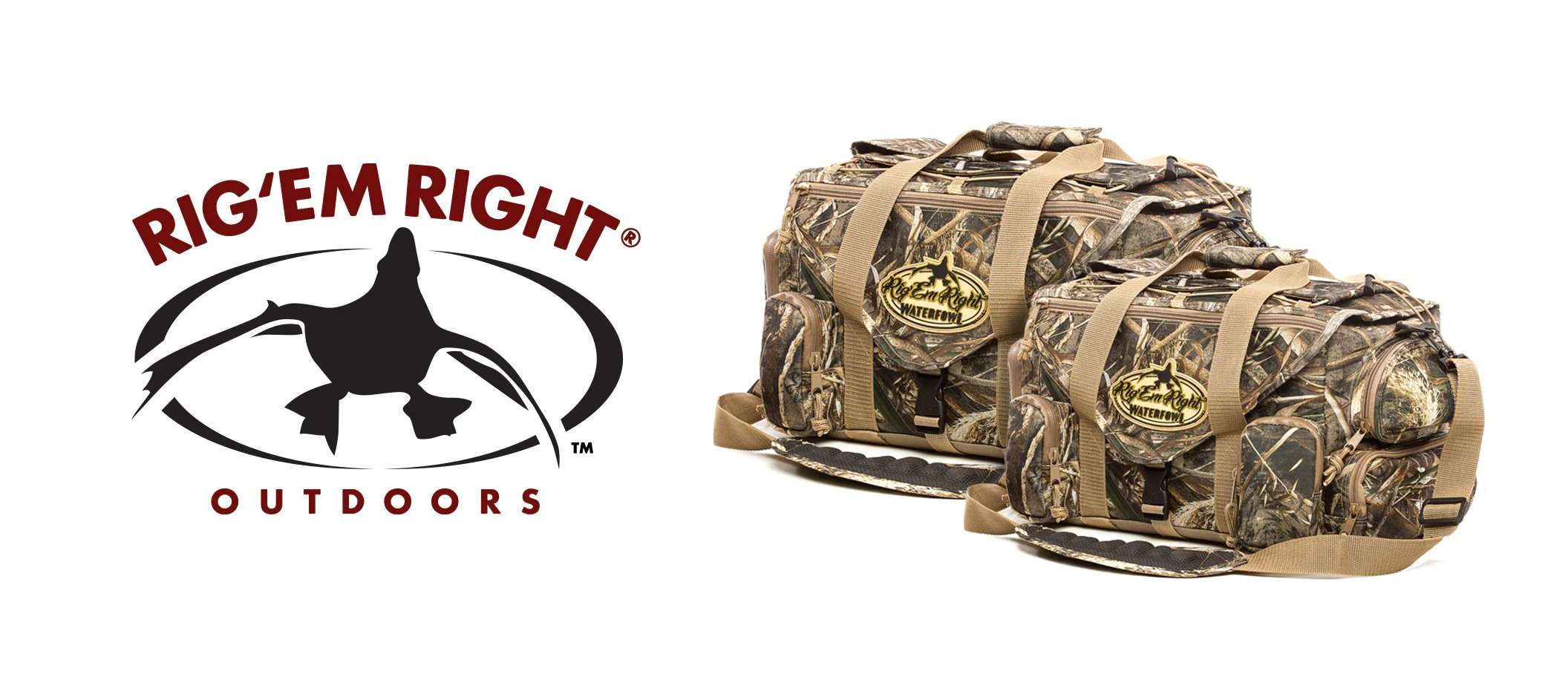How to Get Great Summer Trail Camera Photos Without Bait or Mineral
The past 15 years, we’d perfected our summer camera strategy. Landowner and hunting buddy Jack and I had scattered 10 salt licks strategically across his 1,000-acre Virginia farm. In early July each year, we’d hang a cam at each of the sites, and then refresh the licks every couple of weeks with salt and minerals. During the next two months, we’d get thousands of deer images. Although we might not have captured every buck that summered on the farm each year, I figure we got pictures of 80 to 90% of them. We’d monitor the three or four top-end bucks as they grew their velvet racks and stripped them in early September.
We never could hunt over bait in Virginia, but it was legal to use minerals to attract deer to camera setups in summer. A few years ago, however, the Department of Wildlife Resources banned the use of bait for attracting deer any time of year. The thinking was that might help stop the spread of chronic wasting disease in the state.
I’m for doing everything we can to fight CWD. But the minerals ban threw a huge monkey wrench in our summer camera strategy, so we’ve had to adapt. If your state allows corn or minerals to entice deer to your cams, do it. There’s no better way to monitor the number and quality of bucks on a property. But if you can’t use bait, try these four great setups.
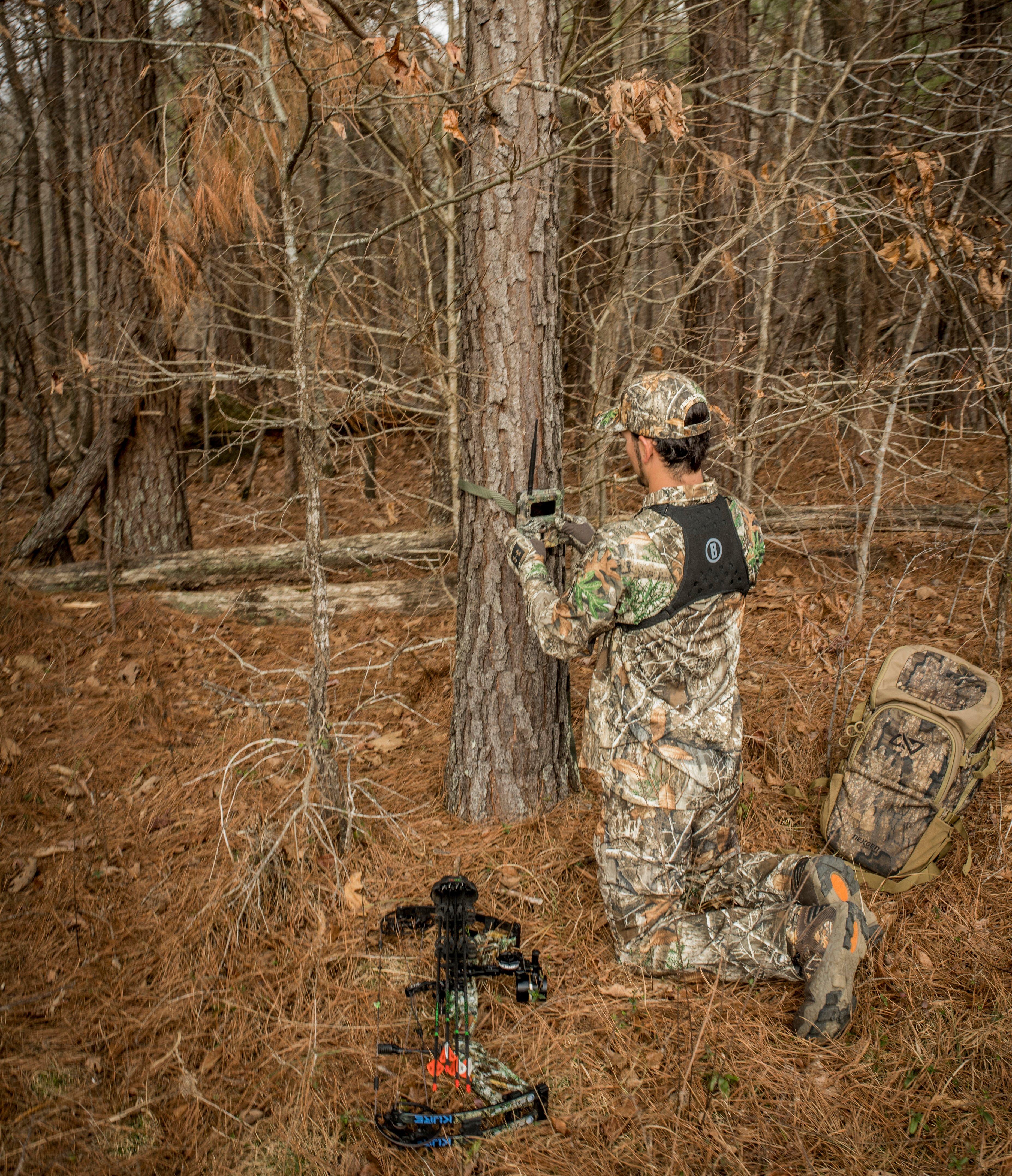
Look for natural terrain features that force deer movement in front of your camera. Realtree Media Image
THE BEST NO-BAIT TRAIL CAM SETUPS
Fence gap: An open gate or gap in a fence in or near a corn or soybean field has become our favorite place to hang a camera and photograph bucks moving naturally. Almost every velvet buck that summers within a half-mile of that bottleneck will slip through the gap from time to time. You might get one or two pictures of a shooter buck — or dozens of images.
Creek crossing: Walk a creek until you come to a low spot or slide pocked with fresh tracks. Set a camera within 10 feet or so of the ford and point it north or south to avoid shooting into a rising or setting sun.
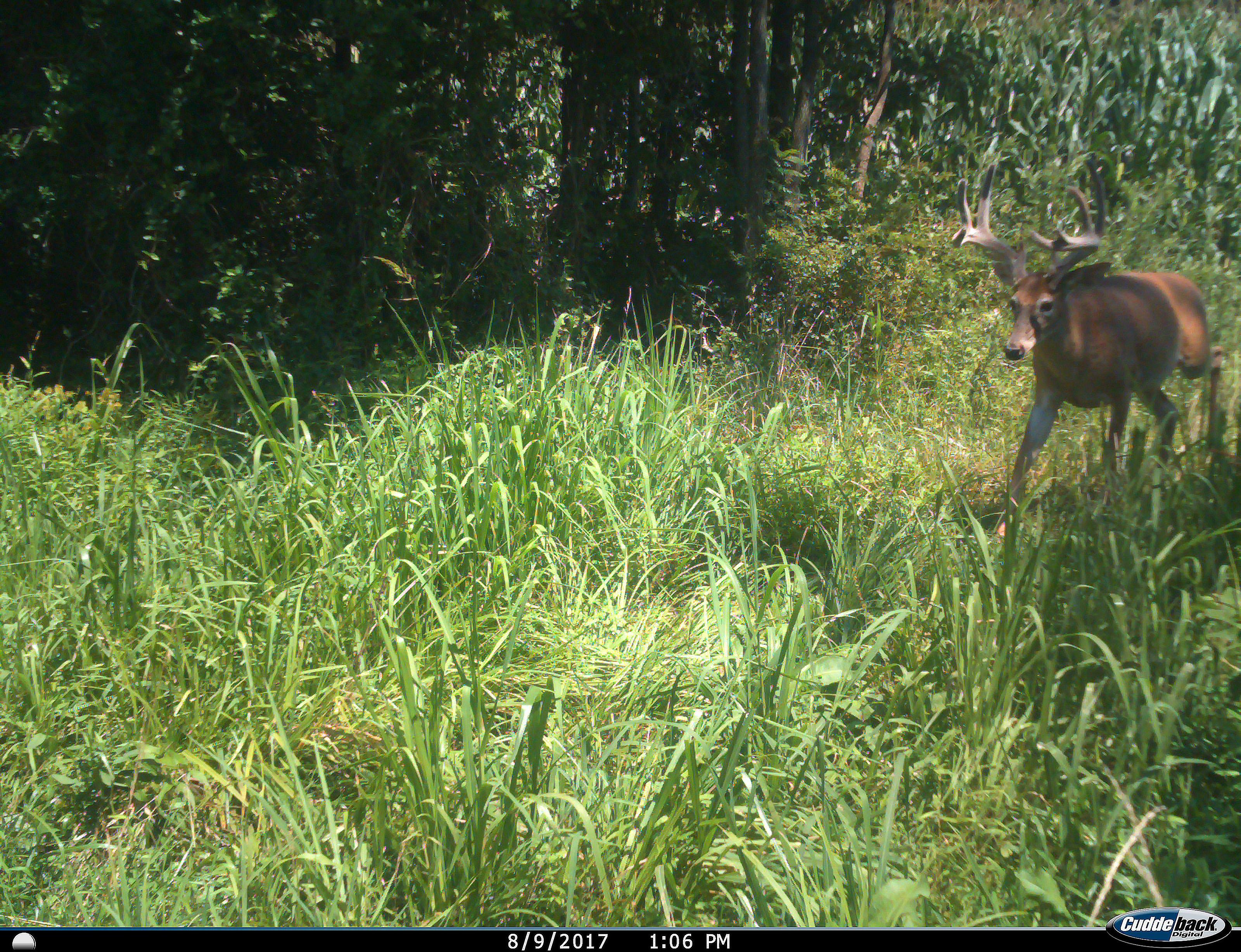
Convergence points, where several types of cover join, are among Hanback’s favorite spots for summertime trail cameras.
Convergence point: Along the edge of a bean field or green plot, hunt for a spot where two or more drainages or fingers of timber funnel together. Hang a camera nearby, and you’ll get some buck images.
Old lick: Although we can’t refresh our licks anymore, Jack and I still hang a few cameras at old mineral sites where we got the most buck pictures years ago. Deer on the farm have been conditioned to come to the licks in summer, and we still get some buck images there. Not nearly as many as we did previously, but some. When a promising buck pops up on camera at an old lick, we move in with more cams and set them at a nearby fence gaps or creek crossings in hopes of getting more images of the buck and discovering his travel patterns.
DON’T MISS: Micro Food Plots for Bow Season


